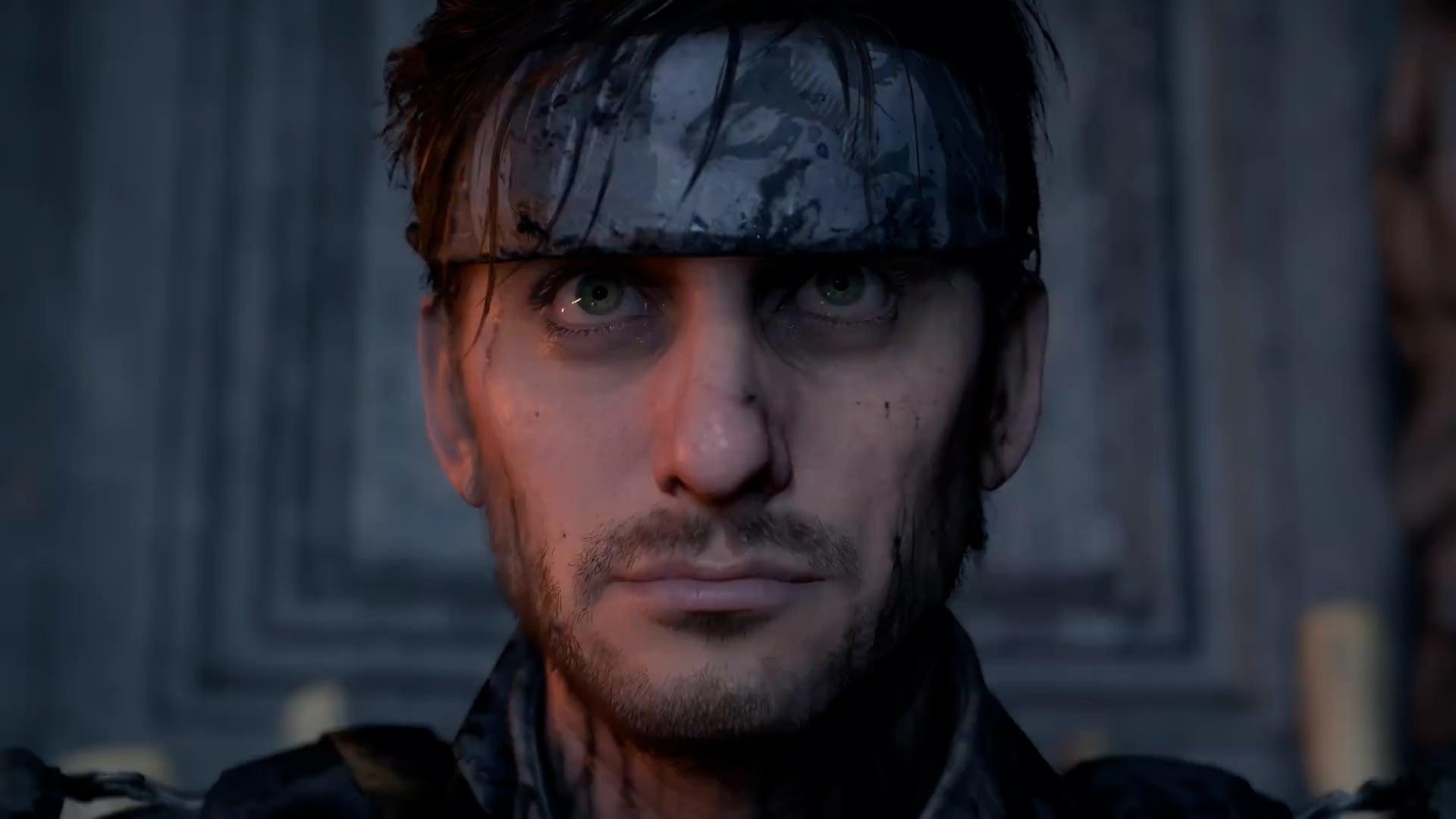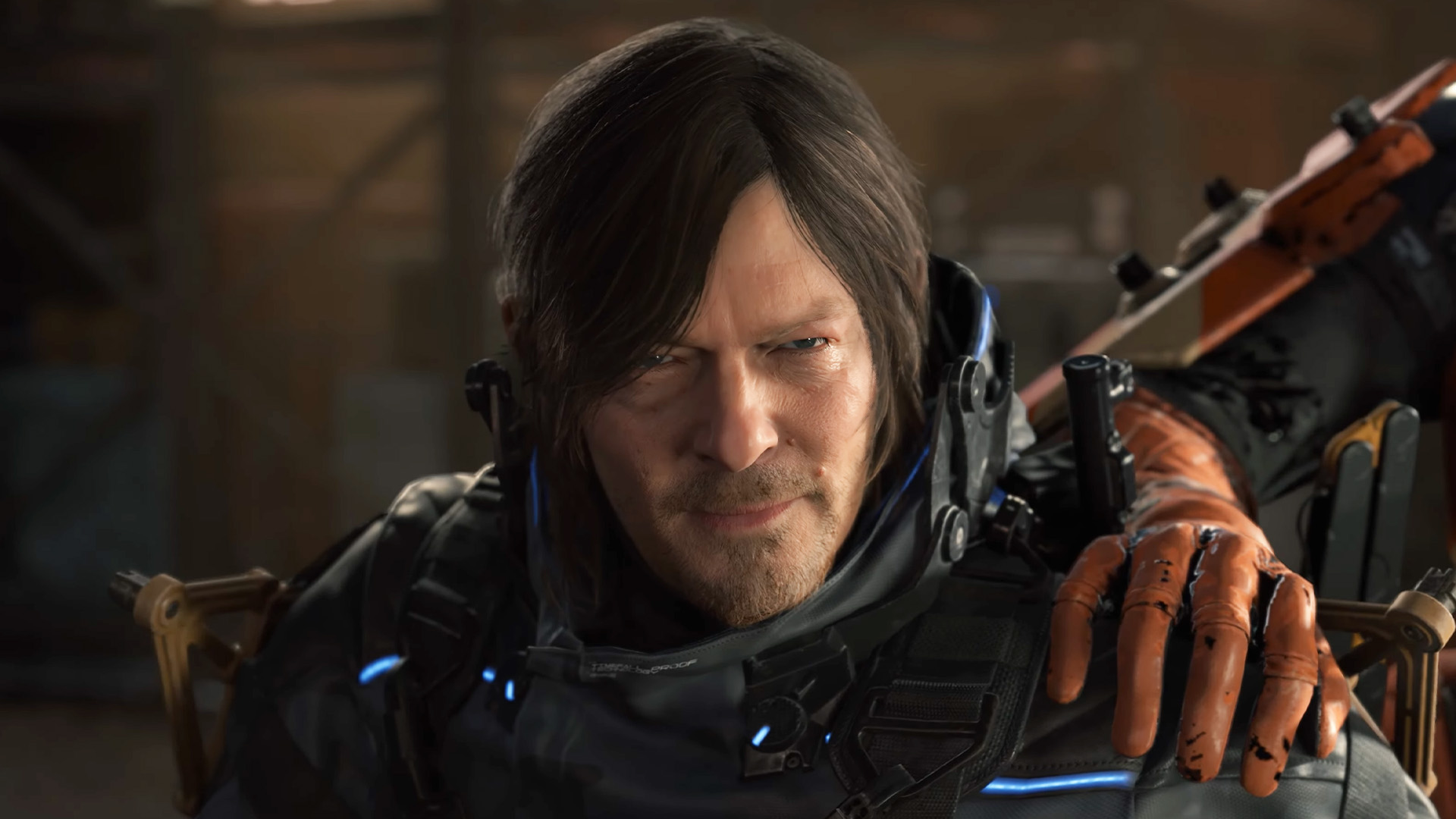In 2025, Hideo Kojima will return to the spotlight six years after releasing “Death Stranding,” widely regarded as one of his most personal works and also among the most controversial. While some consider it a masterpiece, others find it overrated; its unique premise did not resonate with everyone, polarizing opinions into either extreme. The game challenges players by immersing them in Kojima’s universe rather than simplifying their experience. Over these six years, Kojima has had the opportunity to refine his concepts and evaluate sales, which have been satisfactory but not outstanding. As a result, for his decision to proceed with a sequel despite mixed player reception, adjustments were inevitably made, particularly to the gameplay. This is reflected in “Death Stranding 2,” which we are pleased to showcase through its 22 minutes of gameplay footage, presented in stunning 4K resolution.
When it was released in 2019, Death Stranding elicited mixed reactions. Some viewed it as a thought-provoking game, while others saw it as incomplete. Sam Porter Bridges’ debut adventure, played by Norman Reedus, oscillated between existential isolation and the imperative to rebuild connections in a disintegrated world. The game directly tackled themes such as death, the afterlife, and the quest for meaning in a fragmented universe. Through the chiral network, deliveries took on a nearly mystical quality, marked by profound silences and ethereal music. This allegory of human isolation in a deteriorating world was seen as both audacious and despairing, yet remarkably prophetic, given that the game preceded the COVID pandemic by a year, which isolated the entire planet. Is Kojima a prophet? For some who regard him as a visionary, perhaps, but the Japanese game designer appears to have captured the essence of the post-pandemic era with remarkable precision.
In 2025, Hideo Kojima will return to prominence six years after releasing Death Stranding, a game widely regarded as his most personal work and one of his most controversial. While some consider it a masterpiece, others find it overrated. The original game’s unconventional approach did not please everyone; reactions were often extreme, leaning towards either love or hate with little middle ground. The gameplay is challenging, forcing players to adapt to Kojima’s universe rather than the other way around. Over the past six years, Kojima has had time to refine his ideas and address concerns about sales, which were respectable but not exceptional. As he moves forward with Death Stranding 2, despite divided player opinions on the original, efforts have been made to improve gameplay mechanics. We are pleased to present you with 22 minutes of 4K gameplay footage from Death Stranding 2.
While the first game followed Sam’s efforts to reconnect a fragmented America, Death Stranding 2 shifts its narrative focus to the Mexican border. The Bridges organization has disappeared, replaced by an automated system called APAS, which uses driverless vehicles for deliveries. Sam now lives in isolation with his daughter Lou but is soon enlisted by Fragile, a significant character from the first game portrayed by Lea Seydoux, who tasks him with restoring the chiral network in an area where communication is severely lacking. This new mission unfolds progressively, serving as both a tutorial and narrative introduction, expanding beyond borders to include Mexico and Australia. The visual landscape also changes; goodbye to the desolate and somewhat monotonous landscapes of Iceland; this time, diverse lands and varied scenery await. While the atmosphere shifts, the core themes remain: the pursuit of connection in a world still haunted by supernatural forces and divided by time. Visually, it is quite impressive; detailed environments feature cracked ground, wind-swept dunes, distant mountains, and more. The graphical quality surpasses that of the first game, as does the subtlety in facial expressions. Despite often empty environments, the Decima Engine from Guerrilla Studios, known for Horizon, continues to deliver remarkable visual effects.
MORE MAINSTREAM, LESS RADICAL
According to early hands-on experiences shared by journalists and video creators who were invited by Kojima-san to visit his Tokyo offices last month, Death Stranding 2 surprises with the fluidity of its gameplay, which is more rhythmic compared to the first installment. The settings are far more diverse, inviting exploration: between arid Mexican deserts and hostile Australian lands, the game immerses players in dynamic, extreme environments that directly influence gameplay. Deliveries remain at the heart of gameplay but gain depth through extensive customization of equipment such as modular backpacks, adaptable vehicles, and new tools. These elements transform traversal into a tactical, stimulating experience, making it less arduous than before. However, players will still encounter challenges with package management on their backs. Death Stranding 2 aims to be a more accessible sequel, attempting to attract those who found the original off-putting. Kojima has even planned an in-game history summary and an interactive glossary called Corpus to help new players understand numerous obscure terms.
The first Death Stranding was designed around a three-layer gameplay structure: movement balance, strategic combat, and social interactions. This foundational logic continues in the sequel: the Odradek scanner still alerts players to terrain dangers, and managing weight and stability remains critical for successful crossings. Infrastructure elements such as ropes, ladders, and roads are still essential, but with new additions like monorails that enhance travel speed. Constructing these elements now requires gathering more materials, making logistics a more central aspect of gameplay than before. However, the environments have become more challenging, featuring widened rivers, earthquakes, sandstorms, and a real-time day/night cycle that complicate progression. These natural elements interact directly with gameplay mechanics, increasing the unpredictability of each expedition.
In terms of combat, Death Stranding 2 seeks to be more ambitious with a greater emphasis on action. Players have the option to approach missions according to their preferences: stealth, direct confrontation, or evasion. They can also choose to discard their backpacks for enhanced agility, acknowledging that combat is now more flexible and reminiscent of Metal Gear Solid 5. The tactical element is further highlighted through the introduction of the Dollman puppet, which enables players to observe enemies from a distance. Encounters, previously incidental, are now given greater significance. In addition to Mules, new adversaries such as Bandits or Armed Survivors populate enemy bases. The BT entities, supernatural beings introduced in the first game, return with more dangerous variants.
There is also a significant new feature: the APAS skills improvement system. This system enables customization of Sam’s abilities for combat, movement, or delivery purposes. Players can now tailor Sam to their preferred playstyle, enhancing personalization and strategic depth in each game session. The system includes options for resetting skills, promoting experimentation, alongside four difficulty levels designed to accommodate all players.
With Death Stranding 2, Hideo Kojima demonstrates his ability to reinvent himself without forsaking his identity. The gameplay has become more dynamic, addressing criticisms of the first game’s slow pace, yet the core essence of the project remains intact. It continues to focus on reflections about humanity, its connections and vulnerabilities, and the necessity to reconnect. However, it is still unclear whether the general public will embrace this proposal, with final judgment due on June 26th.
Have any thoughts?
Share your reaction or leave a quick response — we’d love to hear what you think!

